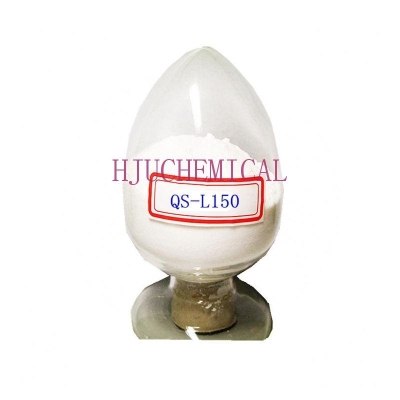-
Categories
-
Pharmaceutical Intermediates
-
Active Pharmaceutical Ingredients
-
Food Additives
- Industrial Coatings
- Agrochemicals
- Dyes and Pigments
- Surfactant
- Flavors and Fragrances
- Chemical Reagents
- Catalyst and Auxiliary
- Natural Products
- Inorganic Chemistry
-
Organic Chemistry
-
Biochemical Engineering
- Analytical Chemistry
-
Cosmetic Ingredient
- Water Treatment Chemical
-
Pharmaceutical Intermediates
Promotion
ECHEMI Mall
Wholesale
Weekly Price
Exhibition
News
-
Trade Service
Under the background of energy saving and environmental protection, fuel saving has become a topic that every car company cannot get arou.
It is well known that the energy conversion efficiency of traditional internal combustion engines is not very high, and the energy conversion efficiency of the current best fuel engines can only reach about 40%, and this is only the theoretical thermal efficien.
The motor on the electric vehicle has a natural advantage in energy conversion efficiency, which can easily reach 90% or even higher, and the remaining 10% of the energy consumed in the form of heat is not required as long as sufficient heat dissipation work is do.
In order to solve the influence of the heat generated during kinetic energy conversion on the plastic casing, the new motor adopts a rectangular heat dissipation duct around the stator to achieve more efficient heat dissipation, and also adopts a similar heat dissipation design on the rotor to realize this part of the he.







